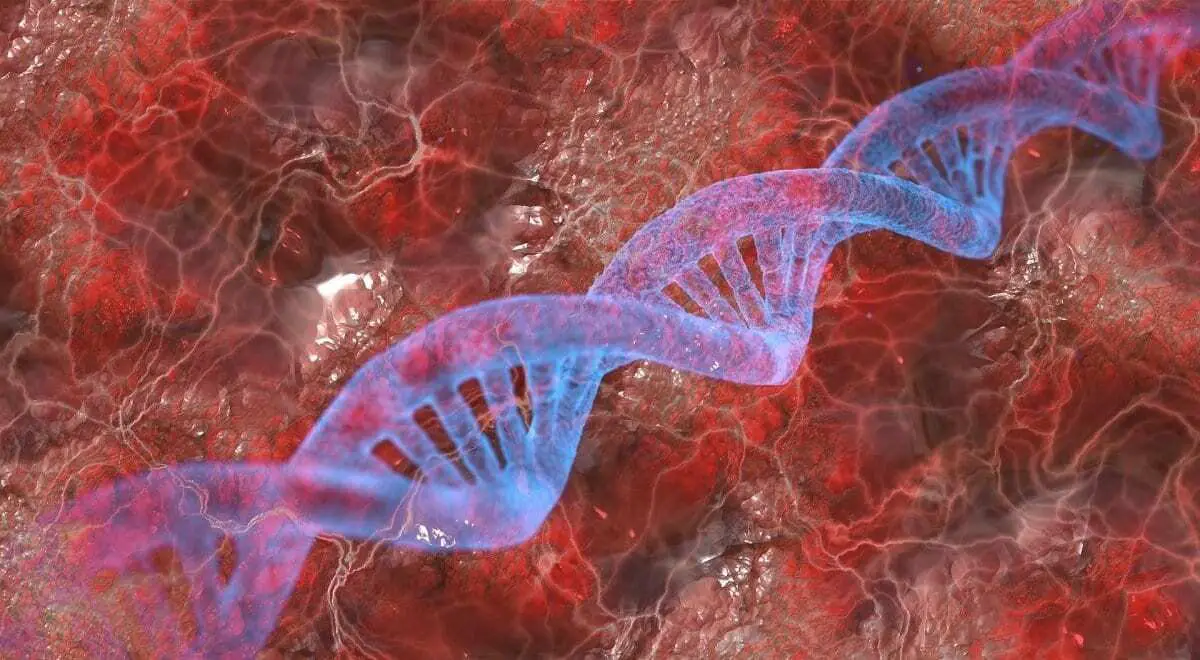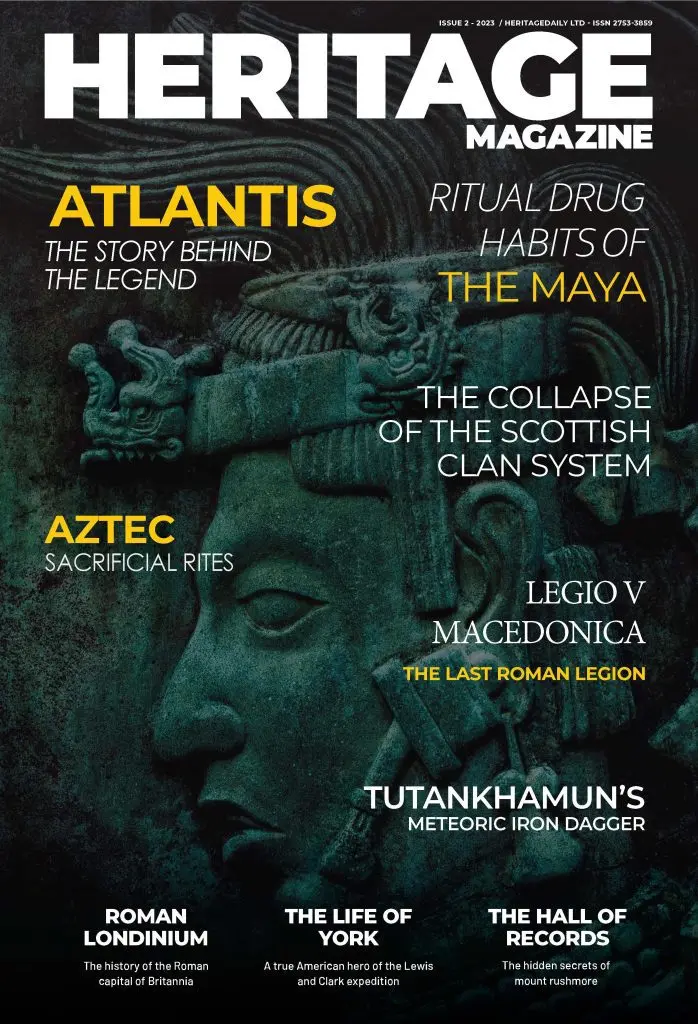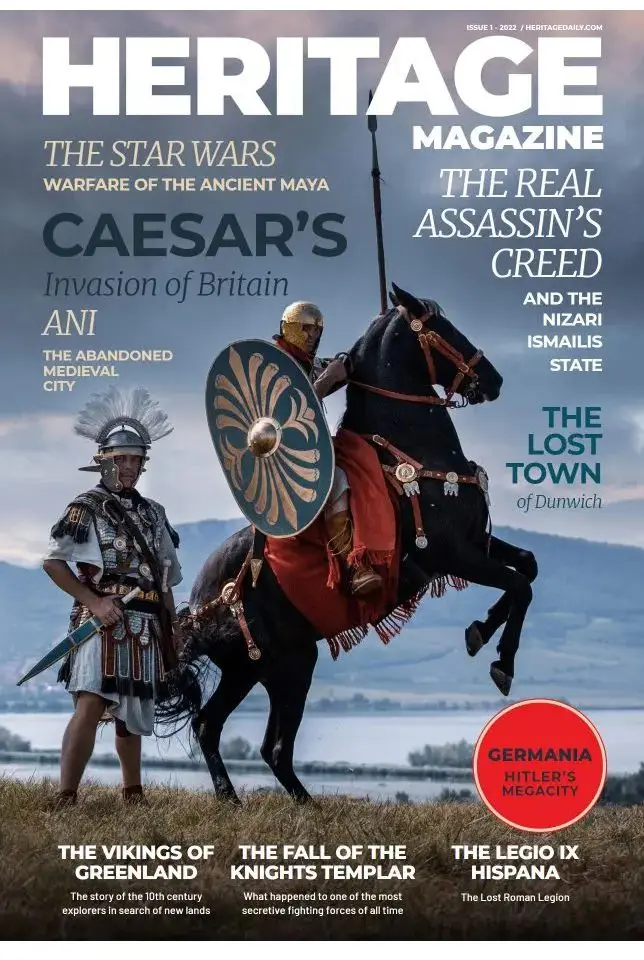In the popular imagination, Vikings were fearsome blonde-haired warriors from Scandinavia who used longboats to carry out raids across Europe in a brief but bloody reign of terror.
But the reality is more complex, says SFU Archaeology Prof. Mark Collard.
Collard is a member of an international team of researchers that has just published the results of the world’s largest DNA sequencing of Viking skeletons, in this week’s edition of Nature.
Led by Prof. Eske Willerslev of the Universities of Cambridge and Copenhagen, the research team extracted and analysed DNA from the remains of 442 men, women and children.
The remains were recovered from archaeological sites in Scandinavia, the U.K., Ireland, Iceland, Greenland, Estonia, Ukraine, Poland and Russia, and mostly date to the Viking Age (ca. 750-1050 AD).
The team’s analyses yielded a number of findings. One of the most noteworthy is that contrary to what has often been assumed, Viking identity was not limited to people of Scandinavian ancestry–the team discovered that two skeletons from a Viking burial site in the Orkney Islands were of Scottish ancestry.
They also found evidence that there was significant gene flow into Scandinavia from the British Isles, Southern Europe, and Asia before and during the Viking Age, which further undermines the image of the Vikings as ‘pure’ Scandinavians.
Another discovery that runs counter to the standard image of the Vikings is that many had brown hair, not blonde hair.
The analyses’ results also shed light on the Vikings’ activities. For example, consistent with patterns documented by historians and archaeologists, the team found that Vikings who travelled to England generally had Danish ancestry, while the majority of Vikings who travelled to Scotland, Ireland, Iceland and Greenland had Norwegian ancestry. In contrast, Vikings who headed east were mostly from Sweden.
Interestingly, says Collard, data revealed a number of close kin among the 442 individuals. Four members of a Viking raiding party interred in a boat burial in Estonia were found to be brothers, while two individuals buried 300 to 400 kilometers apart in Sweden were found to be cousins. Perhaps even more strikingly, the team identified a pair of second-degree male relatives (i.e. half-brothers, nephew-uncle, or grandson-grandfather) from two sites, one in Denmark and one in England.
“We have this image of well-connected Vikings mixing with each other, trading and going on raiding parties to fight Kings across Europe because this is what we see on television and read in books – but genetically we have shown for the first time that it wasn’t that kind of world. This study changes the perception of who a Viking actually was,” says Willerslev. “No one could have predicted these significant gene flows into Scandinavia from Southern Europe and Asia happened before and during the Viking Age.”
Of all the team’s discoveries, Collard is most intrigued by the identification of close kin.
“While the ‘big picture’ discoveries are great, I was blown away by the fact that the analyses revealed the presence of four brothers in the Estonian boat burial, and a possible nephew and uncle on either side of the North Sea.”
“These findings have important implications for social life in the Viking world, but we would’ve remained ignorant of them without ancient DNA. They really underscore the power of the approach for understanding history.”
Header Image Credit : Public Domain







